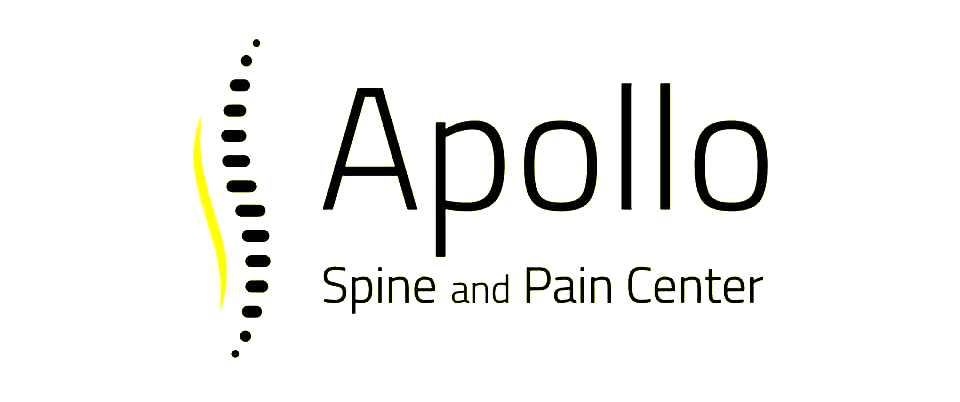Coping with Fibromyalgia: Essential Strategies and Techniques
Fibromyalgia is a chronic condition characterized by widespread pain, fatigue, and other symptoms that can significantly affect daily living. People with fibromyalgia often experience aches and pains throughout their bodies. The exact cause of fibromyalgia is still under study, but it is believed to involve a combination of genetic, environmental, and psychological factors.
Living with fibromyalgia can be challenging due to the unpredictable nature of its symptoms. Flare-ups can severely impact daily activities, making even simple tasks seem daunting. This condition can also lead to sleep issues, memory problems, and mood disturbances, adding to the overall discomfort.
Despite these challenges, there are numerous strategies and techniques available to manage fibromyalgia effectively. By understanding the condition better and implementing tailored coping methods, individuals can improve their quality of life. This article will discuss various approaches that help reduce symptoms and enhance well-being for those dealing with fibromyalgia.
Understanding Fibromyalgia: Symptoms and Challenges
Fibromyalgia brings a variety of symptoms that can make daily life difficult. The most common symptom is widespread pain that feels like a constant dull ache and impacts both sides of the body. This pain can be accompanied by fatigue, which doesn't improve even after a good night's sleep. People with fibromyalgia might also experience cognitive difficulties, often referred to as "fibro fog," affecting memory and concentration.
Sensitivity to touch, lights, and sounds is another characteristic of fibromyalgia. This hypersensitivity means that even light touches or soft noises can feel much more intense, which can worsen pain or discomfort. Many individuals also report issues with sleep, either finding it hard to fall asleep or experiencing non-restorative sleep, further exacerbating fatigue.
Dealing with fibromyalgia can be challenging due to the unpredictability of symptoms. Fluctuations in weather, stress, and physical activity levels can trigger flare-ups. It's important for those living with fibromyalgia to understand these triggers and manage them effectively. Recognizing the symptoms and acknowledging their impact is a key step in finding strategies to handle the disorder and improve quality of life.
Effective Lifestyle Modifications for Symptom Management
Making certain lifestyle changes can help manage fibromyalgia symptoms and enhance daily functioning. Here are some effective lifestyle modifications that people with fibromyalgia can consider:
1. Balanced Diet: Eating a nutritious diet with plenty of fruits, vegetables, whole grains, and lean proteins can help reduce inflammation and boost energy levels. Avoid processed foods and excess sugar, which can worsen symptoms.
2. Regular Exercise: Engage in low-impact exercises like walking, swimming, or cycling. Regular physical activity helps improve mood and reduces pain over time by strengthening muscles and enhancing flexibility.
3. Adequate Sleep: Prioritize getting enough restful sleep. Create a calming bedtime routine, keep a consistent sleep schedule, and ensure your sleep environment is comfortable and free from distractions.
4. Stress Management: Practice relaxation techniques such as deep breathing, meditation, or yoga. Managing stress effectively can minimize fibro fog and help in controlling pain.
5. Pacing Activities: Learn to balance activity with rest to avoid overexertion. Break tasks into manageable parts and allow time for breaks to prevent fatigue.
These lifestyle changes aren't only about reducing symptoms; they also enhance overall wellbeing and energy. With consistency and patience, these modifications can lead to significant improvements in managing fibromyalgia and enjoying a more active life.
Non-Medication Techniques for Relief
Exploring non-medication techniques can offer additional ways to manage fibromyalgia pain effectively. These methods can complement lifestyle changes and provide significant relief when used consistently.
1. Physical Therapy: Working with a physical therapist can help improve mobility and flexibility. Tailored exercises focus on strengthening and stretching muscles, which can alleviate pain and stiffness.
2. Massage Therapy: Regular massages can reduce muscle tension, promote relaxation, and improve blood circulation. This can help ease the chronic pain often experienced with fibromyalgia.
3. Acupuncture: As an ancient practice, acupuncture involves inserting thin needles into specific points on the body. It may help reduce pain by promoting natural healing and enhancing physical wellness.
4. Cognitive Behavioral Therapy (CBT): CBT can help manage the emotional challenges associated with fibromyalgia. It focuses on altering negative thought patterns and teaches coping strategies to handle pain and stress effectively.
5. Heat and Cold Therapy: Applying heat pads or cold packs can soothe sore muscles and joints. Heat relaxes tense muscles, while cold can help numb pain and reduce inflammation.
These non-medication techniques are valuable tools in managing fibromyalgia. Incorporating them into a daily routine can lead to significant improvements in symptoms and overall quality of life.
Medical Interventions and Their Role in Managing Fibromyalgia
While non-medication strategies are helpful, sometimes medical interventions are necessary to manage fibromyalgia effectively. These treatments aim to provide pain relief and address other symptoms such as fatigue and sleep disturbances.
Medications used for fibromyalgia include pain relievers to reduce discomfort and prescription medications that target specific symptoms, like muscle relaxants and antidepressants. Some drugs help regulate neurotransmitters in the brain, which can improve pain perception and mood.
For those seeking alternative methods, Regenerative Medicine/PRP might offer promising results. These therapies focus on using the body's natural healing processes to repair tissues and reduce pain. Though still being explored, they offer hope for reducing fibromyalgia symptoms without relying heavily on traditional pharmaceuticals.
Medication Management plays a crucial role in ensuring that individuals receive the right dosage and combination of treatments without adverse effects. Tailoring the medical approach to each patient's needs is important for optimizing results and improving functionality.
Medical interventions, when combined with lifestyle changes and non-medication techniques, can greatly enhance the overall management of fibromyalgia, leading to better daily experiences and long-term wellness.
Conclusion
Coping with fibromyalgia requires a comprehensive approach that blends lifestyle modifications, non-medication techniques, and medical interventions. By understanding the symptoms and challenges, individuals can better tailor their strategies to suit their needs. fibromyalgia's varied symptoms demand an adaptable management plan where different techniques work together to provide relief and restore quality of life.
Fibromyalgia shouldn't stand in the way of living a fulfilling life. Exploring the various options available for pain relief and symptom management is essential for anyone dealing with this condition. Simple changes in daily routines, along with professional therapies and medical guidance, can create a powerful combination for defeating the debilitating aspects of fibromyalgia.
Apollo Spine and Pain Center is dedicated to providing comprehensive support and guidance for those seeking effective strategies for
fibromyalgia pain management. Our experienced team is ready to offer personalized care that addresses the diverse needs of fibromyalgia patients. Reach out today to learn more about how we can help you achieve better pain management and improve your quality of life.












